TOP 5 Most Used Programming Languages
INTRODUCTION (For Beginners)
Programming languages are a way for humans to communicate with computers and tell them what to do. They are a set of instructions that tell the computer how to perform tasks, and they are used to create software, websites, and other applications. Read More:
There are many different languages, each with its strengths and weaknesses. Some of the most popular include:
- Python: Python is a versatile language that is simple to grasp and employ. It is frequently utilized for activities such as web development, data science, and machine learning. Read More
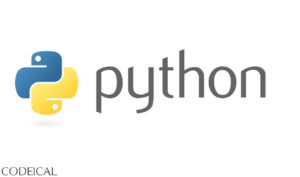
- Java: Java, renowned for its portability and security, is a compiled language extensively employed in enterprise applications and mobile development. Read More
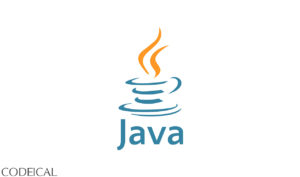
- C++: C++ is renowned for its high performance and is widely recognized as a robust language. It finds extensive applications in system programming as well as game development. Read More
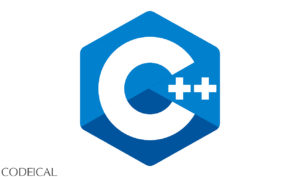
- JavaScript: JavaScript is a scripting language utilized for incorporating interactivity into web pages, as well as for creating server-side applications. Read More
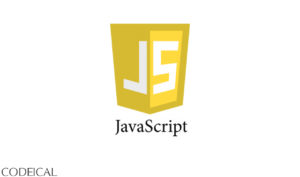
- Swift: Swift, a contemporary language, is specifically crafted for iOS and macOS development. It boasts a user-friendly learning curve and seamless usability, while also demonstrating remarkable speed. Read More
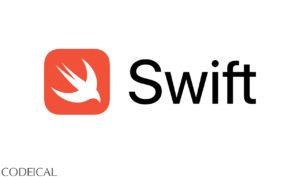
The selection of these languages relies on the particular task at hand. Several factors to take into account are:
- The objective of the software or application.
- The intended platform.
- The proficiency of the developers.
- The accessibility of libraries and tools.
Programming languages are continuously advancing, with new ones emerging regularly. To ensure the optimal choice of language for your requirements, it is essential to stay informed about the latest developments and trends in these languages.
Types of Programming Languages
There are many different types of languages, each with its strengths and weaknesses. Most common types are:
1. Imperative Programming Languages: Imperative programming languages are the most prevalent type of programming language. They revolve around the concept of instructing the computer step by step. Examples of imperative programming languages include C, C++, Java, and Python.
2. Functional Programming Languages: Functional programming languages are centered on mathematical functions. They utilize functions to represent and manipulate data. Haskell, Lisp, and Scala are some instances of functional programming languages.
3. Object-Oriented Programming Languages: Object-oriented programming languages are based on the idea of objects, which are self-contained units comprising both data and code. These objects can interact with one another to achieve desired outcomes. C++, Java, and Python are among the well-known object-oriented programming languages.
4. Scripting Languages: Scripting languages are interpreted languages frequently employed for task automation and adding interactivity to web pages. JavaScript, PHP, and Python are examples of scripting languages.
The Future of Programming Languages
The future of programming languages is uncertain, but several ongoing trends are likely to persist. One such trend is the growing popularity of functional languages, which are favored for their ease of comprehension and ability to produce concise and efficient code.
Another trend is the increasing integration of machine learning and artificial intelligence into programming practices. These technologies enable the automation of the tasks like code generation and bug detection, freeing up programmers to concentrate on more imaginative and strategic work.
The prospect of these languages holds great excitement. New languages continue to emerge, and existing ones undergo regular updates. As technology progresses, so will the tools and techniques employed in programming.
Conclusion
In conclusion, these languages play a crucial role in the modern world, enabling the creation of software, websites, and various applications that are part of our daily lives. Understanding the diverse range of programming languages and their strengths and weaknesses empowers individuals to select the most suitable language for their specific needs.
Here are some additional resources that may be helpful:
- W3Schools: https://www.w3schools.com/ – A comprehensive, free resource for learning web development.
- Codecademy: https://www.codecademy.com/ – An interactive website offering coding tutorials.
- Free Code Camp: https://www.freecodecamp.org/ – A nonprofit organization providing free coding tutorials.
I hope this article may help you. You can feel free to ask any question in the comment section.

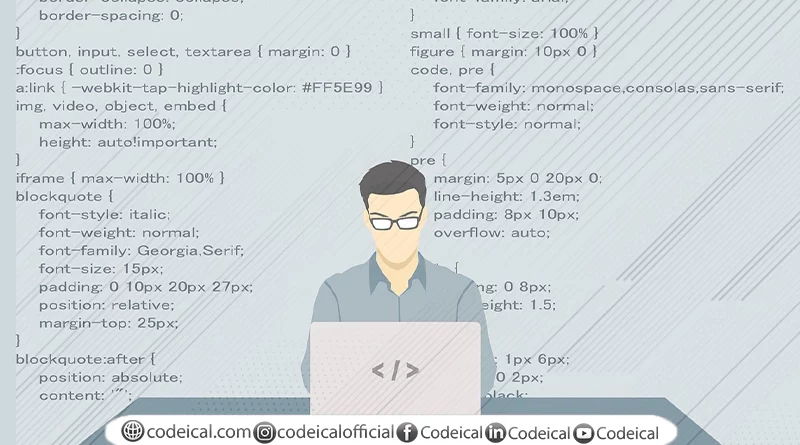
Thanks for the information provided! we will use this information into our GPT/Chat-GPT dataset